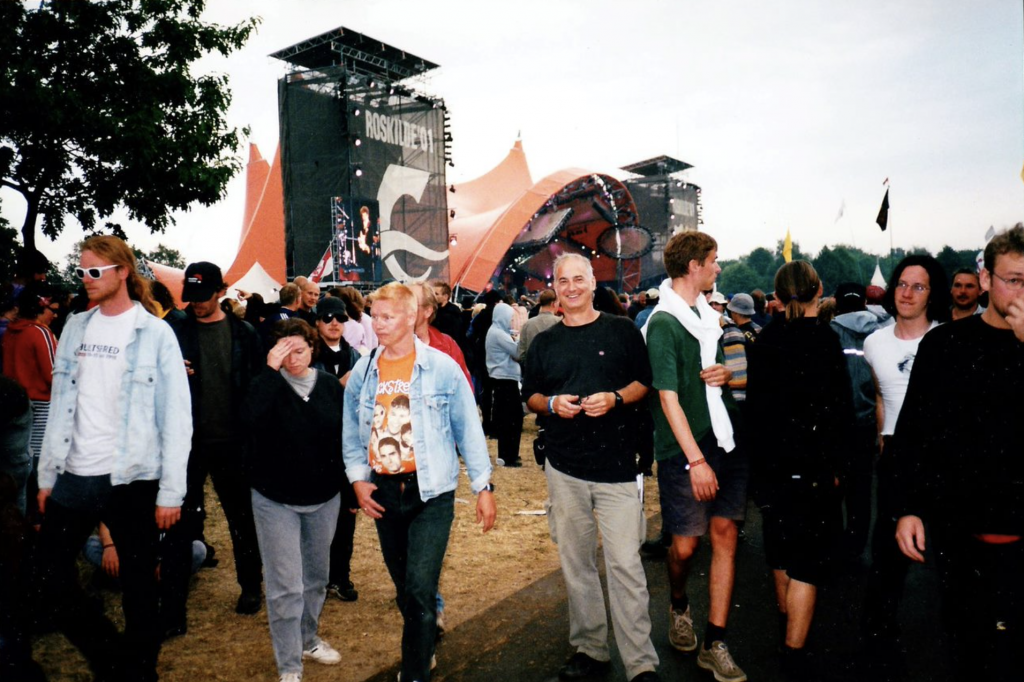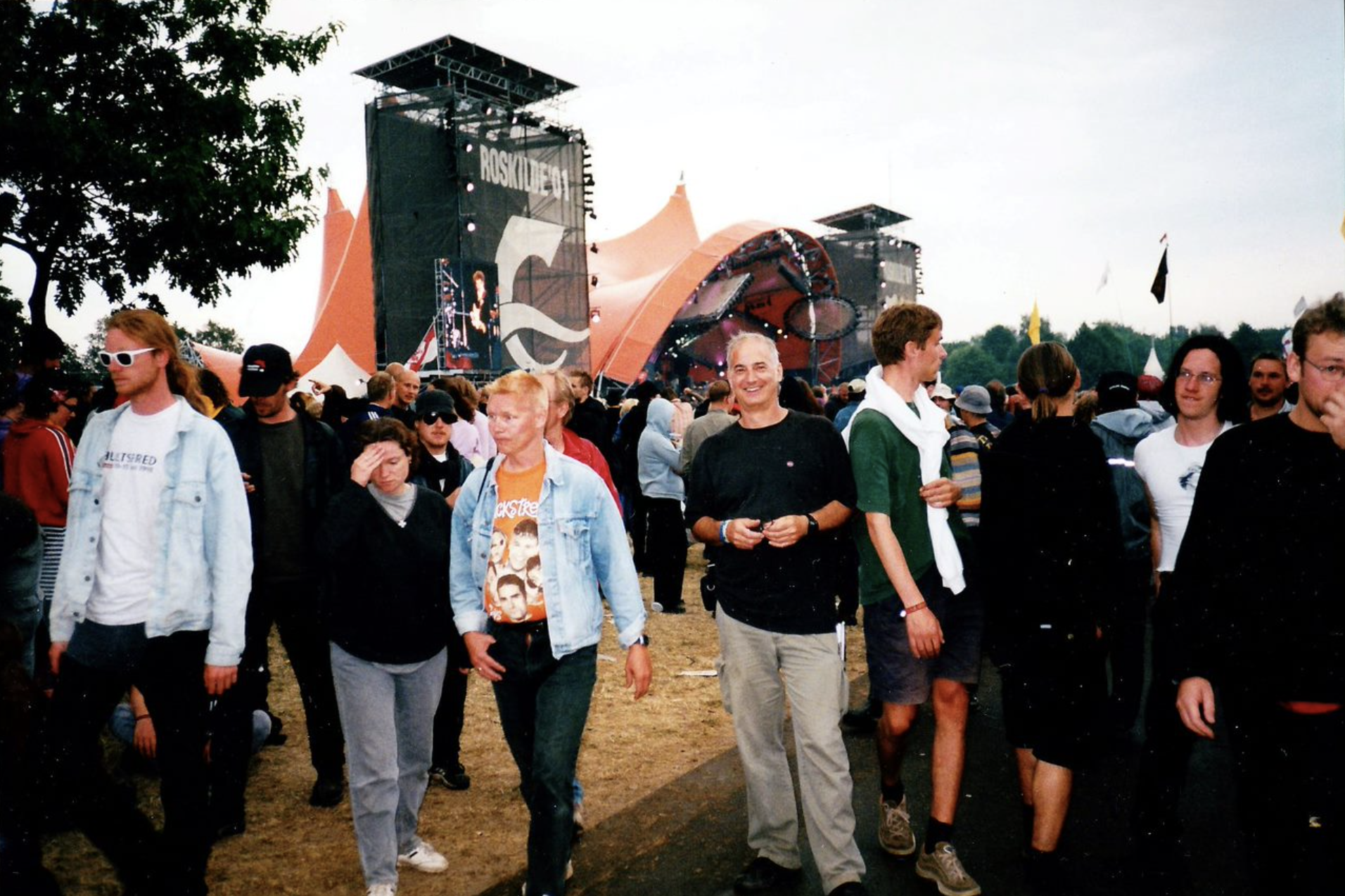
- Paul Wertheimer, 72, is a crowd-safety expert based in Los Angeles. He's been one for 42 years.
- He began his efforts after 11 people were killed in a crowd crush outside of a concert by The Who in 1979.
- This is his story — and his evaluation of what happened at Astroworld — as told to writer Jenny Powers.
This as-told-to essay is based on a transcribed conversation with crowd-safety expert Paul Wertheimer. It has been edited for length and clarity.
I was 42 years old the first time I set foot in a mosh pit.
But before you get the idea that I was trying to relive my youth or prove something to somebody, the truth is, I was there for an entirely different reason altogether.
Ever since the night of December 3, 1979, when 11 people were killed in a crowd crush involving thousands of fans outside The Who concert in Cincinnati, I've actively promoted the need for safer concert and festival environments, along with federal concert-safety regulations — which, to this day, still do not exist.
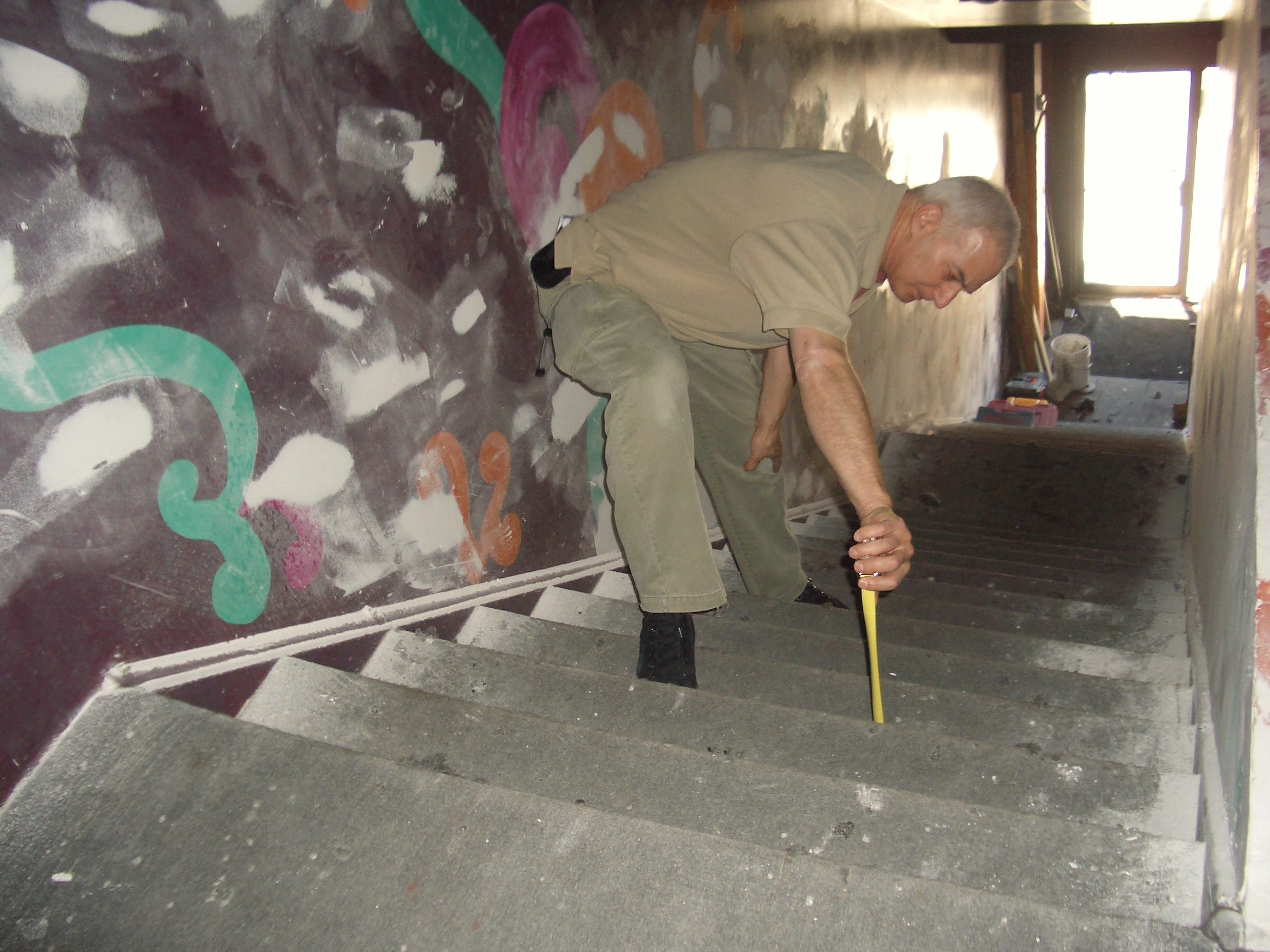
These days, I do a lot of expert witness work and crowd-safety training for a variety of clients, such as the Audubon Nature Institute in New Orleans and the Miami Beach Fire Department in relation to all the nightclubs there.
But back then, I was Cincinnati's first public-information officer, so it was my job to update the public on what was going on, including the tragic events of that particular evening. After the tragedy, I was appointed to serve as chief of staff on an independent safety task force on crowd control and safety to review what went wrong that night. The result was a 168-page report presenting 100 recommendations on crowd management.
Over the years, I've read hundreds of books on pop culture and watched hours of concert footage
I've seen countless hours of footage involving crowd surges and crowd crushes, but there's only so much you can learn before you realize you need to experience being inside the crowd to understand the crowd itself.
So in 1992, the same year I opened my own consulting firm, Crowd Management Strategies, I decided to venture into the mosh pit at a tour featuring Agnostic Front, Cannibal Corpse, Malevolent Creation, and Obituary.
There, I could be directly alongside fans and experience and see with my own two eyes how they acted and felt, and learn what they did — both good and bad — to understand where the safety issues lie.
Though I didn't know it at the time, I was totally unprepared.
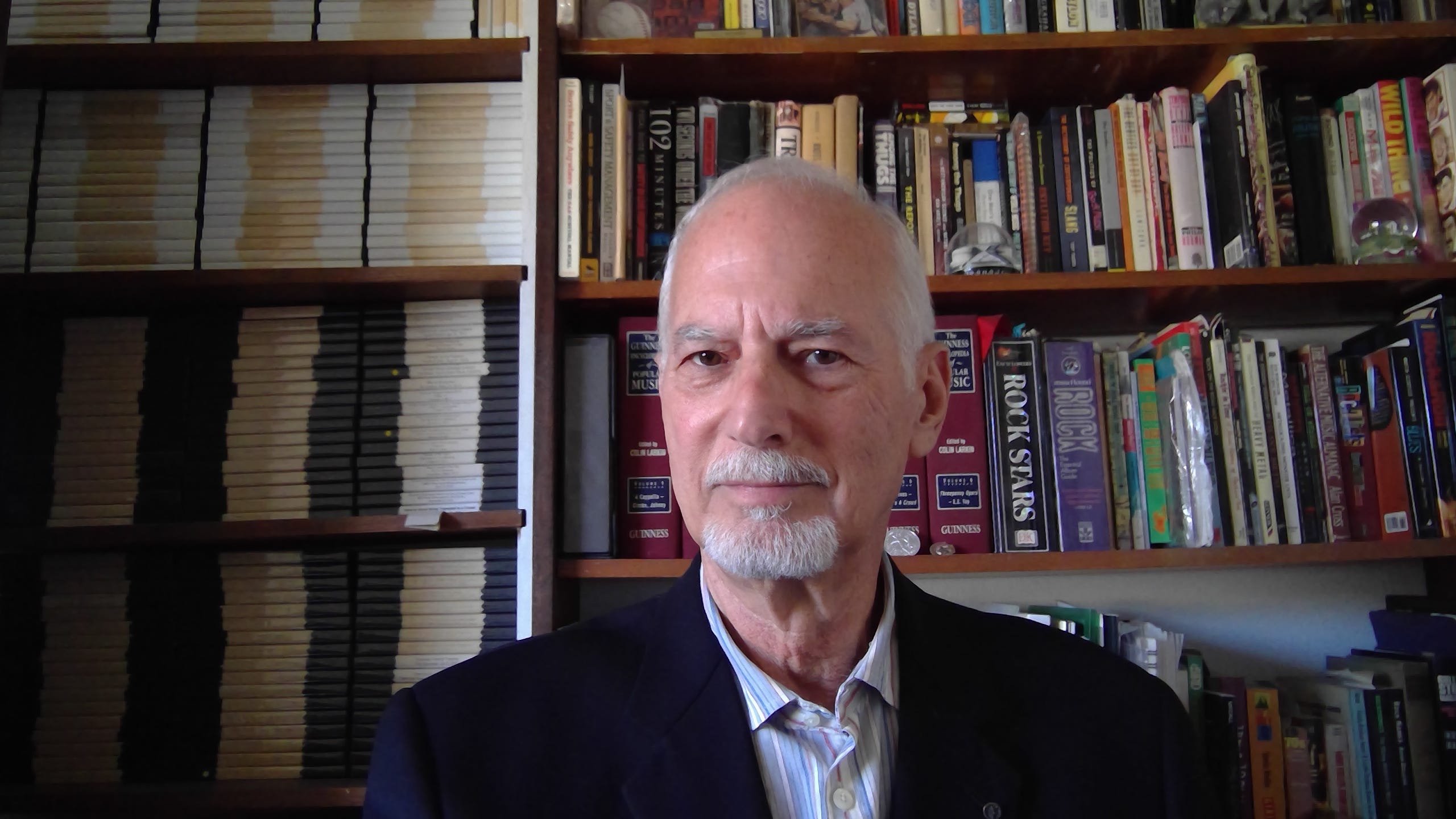
I made my way to the front of the stage, assuming a mosh pit would start by the end of the first or second song. But within just two chords of the first song, the pit started and immediately I got hit.
Scared and disoriented, I moved away to get my bearings before going back in.
By the end of the show, my arms were covered in rashes from all the sweat and blood coming out of me and everyone around me. My shirt was torn and my gym shoes were almost ripped off of me. I had worn my glasses, but that would be a first and a last.
I thought going into a crowd to experience it was a pretty obvious move for a crowd-safety expert, but I seemed to be the only one doing it. After all, it isn't easy. You're surrounded by people half your age and twice as strong, and typically, they're way more reckless than you are as an adult.
Over my years in mosh pits, I learned how to stand, how to hold my hands, and how to get out of difficult situations
After that first time, I started going to one or two concerts a month, better equipped for future mosh pits.
My special outfit included ANSI-approved, slip-resistant work boots with steel toes, so if people stepped on my feet — which they inevitably would — I wouldn't feel it. I paired that with long pants, a T-shirt, and a hoodie, providing an extra layer despite the 90-degree weather so someone could grab onto me and gain stability in the event that they were falling. I'd leave my eyeglasses at home, and even though it's not a good idea to wear jewelry, I continued to wear a watch so I could time how long I was in the pit to document later.
I even wrote a guide on how to get out of a crowd crush that's been referenced around the world. In all my years, I only fell down once, which is the worst thing that can happen in a crowd. But someone pulled me up, which is common.
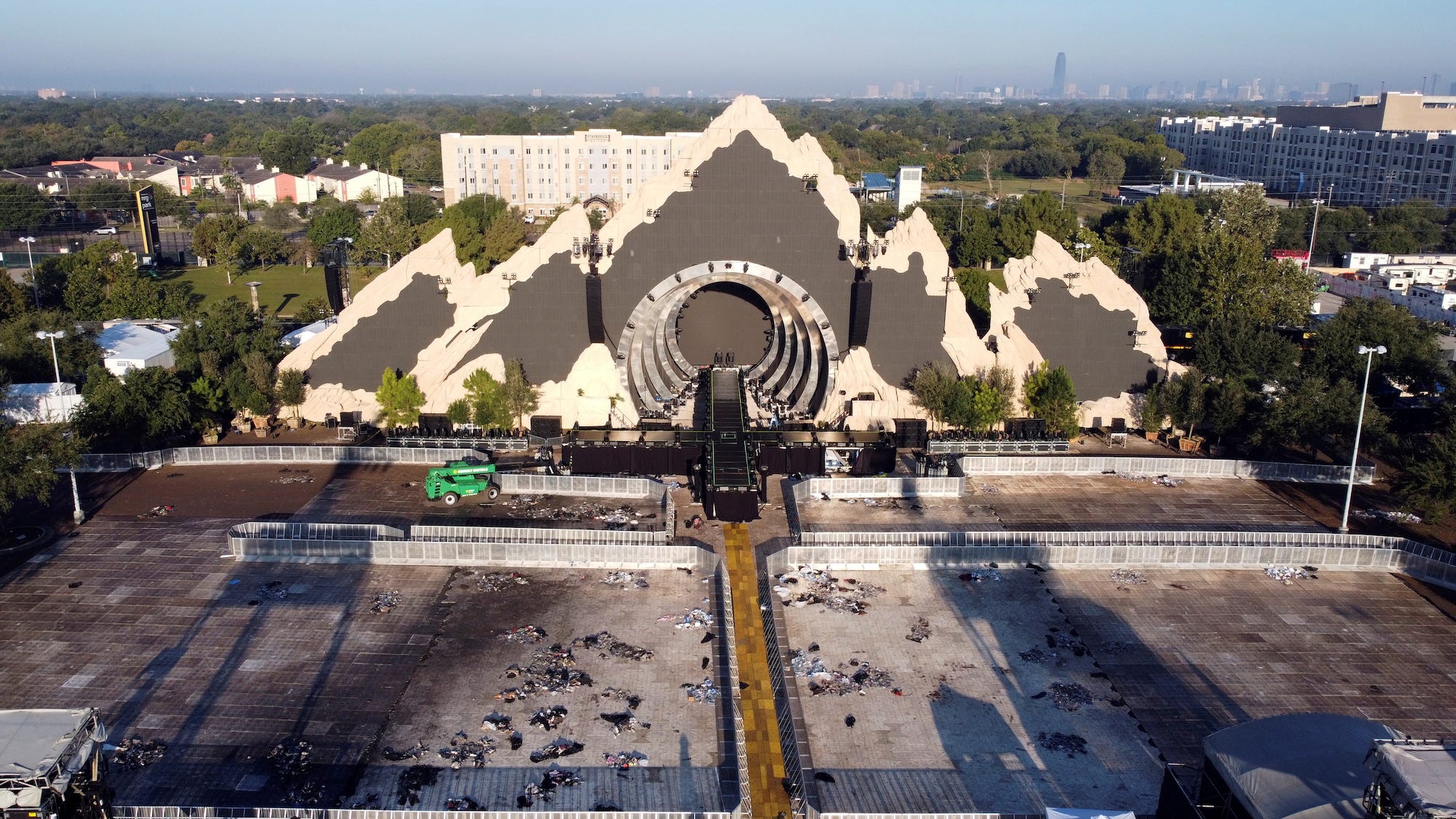
Since The Who tragedy in '79, there have been similar disasters — mostly recently, Travis Scott's Astroworld festival in Houston, where the death toll is now 10. Unfortunately, after 42 years, the industry hasn't changed a lot in terms of safety. It won't unless it's forced to.
After every tragedy, everyone rallies and says they're going to change. But when the cameras go away, everything stays the same and the industry moves on.
There are only two ways to get the industry to change, in my opinion: either have legislators pass laws and standards for festivals like this, or start criminally charging organizers and other parties involved for gross negligence.
I believe what happened at Astroworld could have been addressed before Travis Scott even stepped foot on the stage
If you know anything about concert and festival disasters, it's obvious what happened, because it's a recurring theme in these types of tragedies: crowd surge, crowd crush, crowd collapse, death. It's that simple. Just ask the survivors and they'll tell you.
There was crowd disorder before the concert even started, but the 56-page operational and crowd-management manual created by the event organizer didn't even mention festival seating, standing room, crowd density, crowd surge, crowd craze, crowd crush, or crowd collapse. If these types of elements aren't addressed in the promoters' manual, they can't be addressed in the emergency plan. When you don't plan for the worst, it will happen.
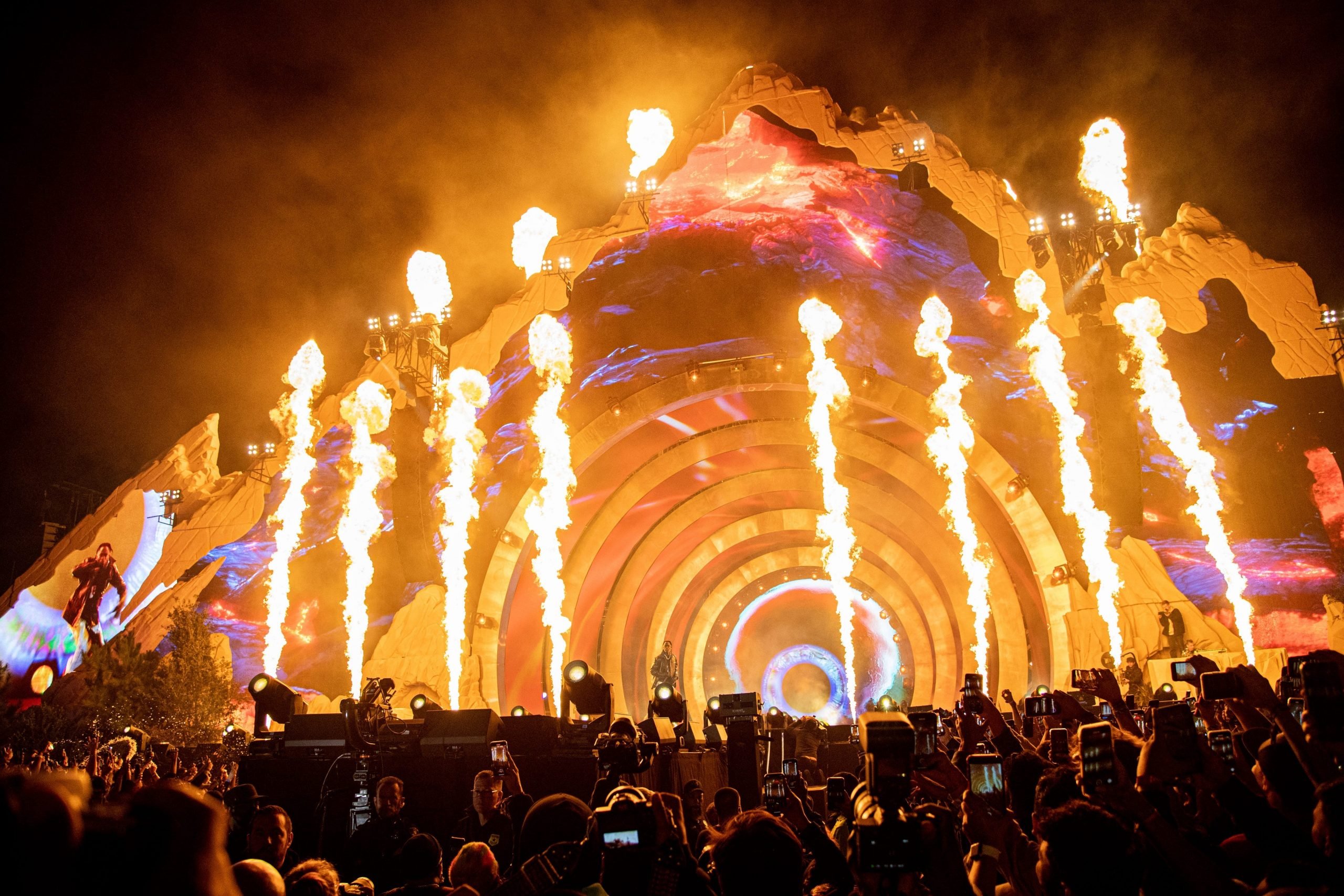
Since 1992, I've gone into crowds when no one else did or would, and I'll continue to speak out about crowd safety for the very same reason.
Financially, that's been a big sacrifice for me, but I knew what I was getting into from the beginning. I've always said it's a cause for me, not a career.
I'm not an entertainment guy. I'm a straightforward, hardworking, simple guy who wants people to be able to go to a concert or festival, have fun, and come out safely. This isn't about me; it's about the issues I'm driving. That's all that matters. I'm a little guy in a big fight.
I believe in concerts, and I believe festival seating can be safe. But it's not just going to happen on its own. Every time the concert and festival industry get a wake-up call in the form of a tragedy like this most recent one, it's as if they hit the snooze button until the next incident.
That's got to change, once and for all.
